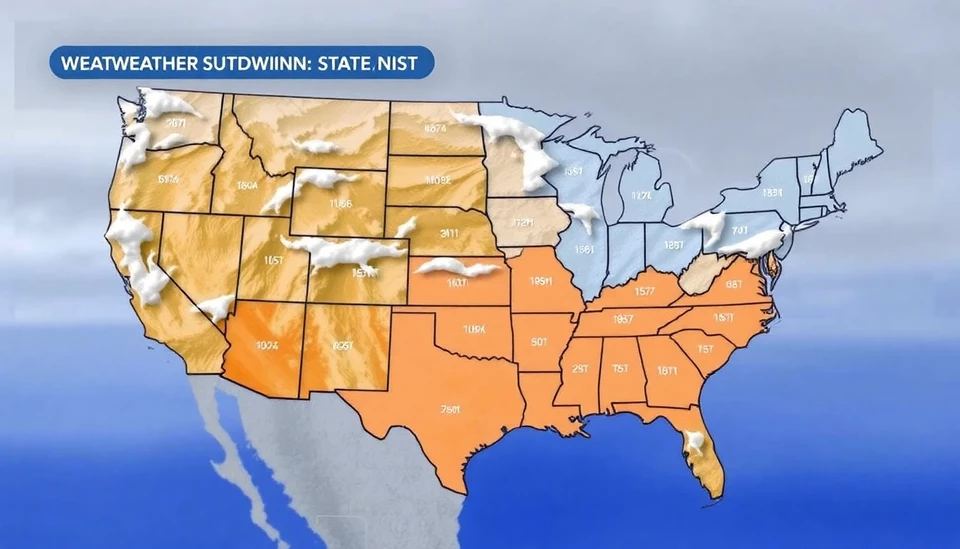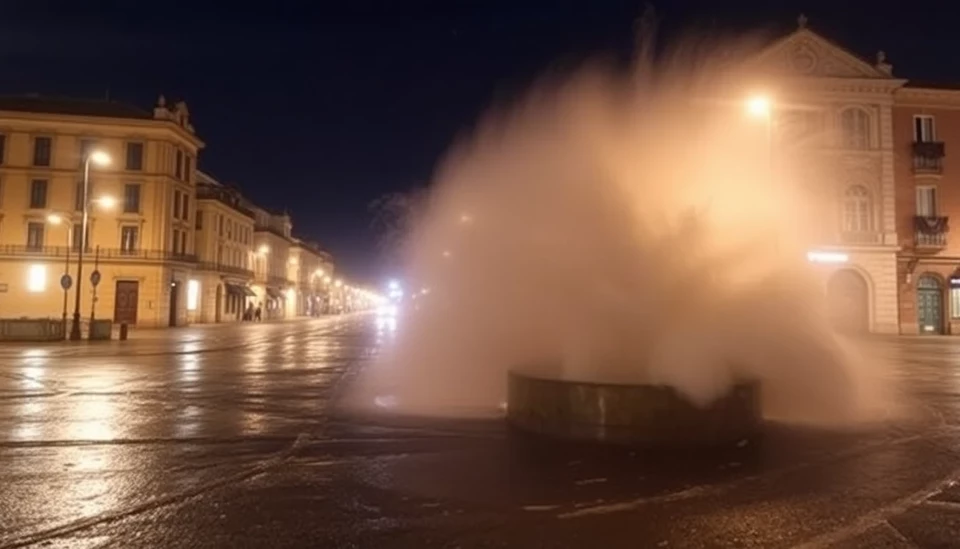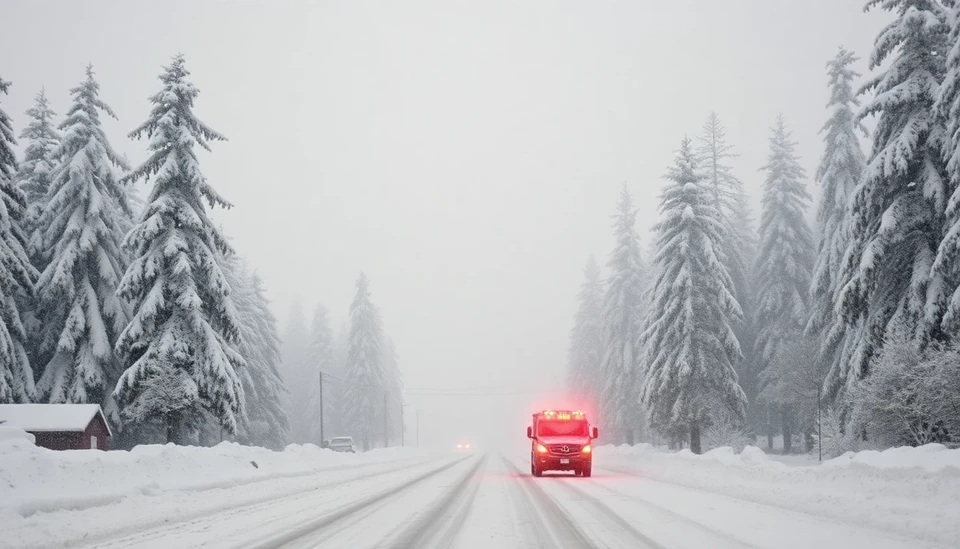
In a significant blow to meteorological services, a lapse in federal funding has led to the cessation of weather analysis operations across 21 states in the U.S. The halt of these critical services impacts everything from daily forecasts to severe weather alerts, raising concerns among officials and citizens alike about the potential consequences of such a disruption.
The funding issue arose as lawmakers failed to finalize budget allocations which include crucial support for the National Oceanic and Atmospheric Administration (NOAA) and its various initiatives aimed at monitoring and analyzing weather patterns. As a result, a vital component of the U.S. weather infrastructure is now experiencing substantial setbacks, leaving millions potentially at risk during periods of inclement weather.
Experts emphasize that the financial shortfall couldn't have come at a worse time. As the weather dynamics change with the onset of spring, states typically rely on accurate weather data to prepare for severe storms, floods, and other hazardous conditions. The current lapse means that many vital forecasting tools and services are either functioning at reduced capacity or are completely offline.
Among the states affected are those that routinely face severe weather challenges, including tornadoes, hurricanes, and heavy rainfall. Without timely and accurate data from weather services, local authorities may find it more challenging to issue timely warnings to residents, potentially leading to increased risks during critical weather events.
In light of this funding crisis, state officials are expressing their alarm as they scramble to manage public safety without the usual level of meteorological support. This situation is stoking fears that inadequate forecasting could lead to loss of property or, even more severely, loss of life should a significant weather event strike unprepared communities. The collaboration between federal and state agencies has often been the backbone of the nation's weather forecasting capabilities, and the current disruption illustrates how interconnected these systems are.
Legislators are being urged to act swiftly to rectify the funding lapse and restore critical weather services. As discussions continue in Washington, emergency preparedness groups and local governments are raising their voices, advocating for quicker resolutions to ensure that weather services can resume their essential operations without further delay.
In summary, the temporary shutdown of weather analysis across 21 states poses a serious risk to public safety, emergency preparedness, and response efforts. The hope is that federal lawmakers will come together to secure necessary funding to reinstate these essential services before the arrival of severe weather seasons.
For now, as the nation looks forward to better weather predictions, the urgency for action remains evident. The stakes are high, and every moment counts when it comes to safeguarding communities from the ravages of nature.
#WeatherAlerts #Meteorology #PublicSafety #EmergencyPreparedness #NOAA #WeatherFunding
Author: Sophie Bennett



